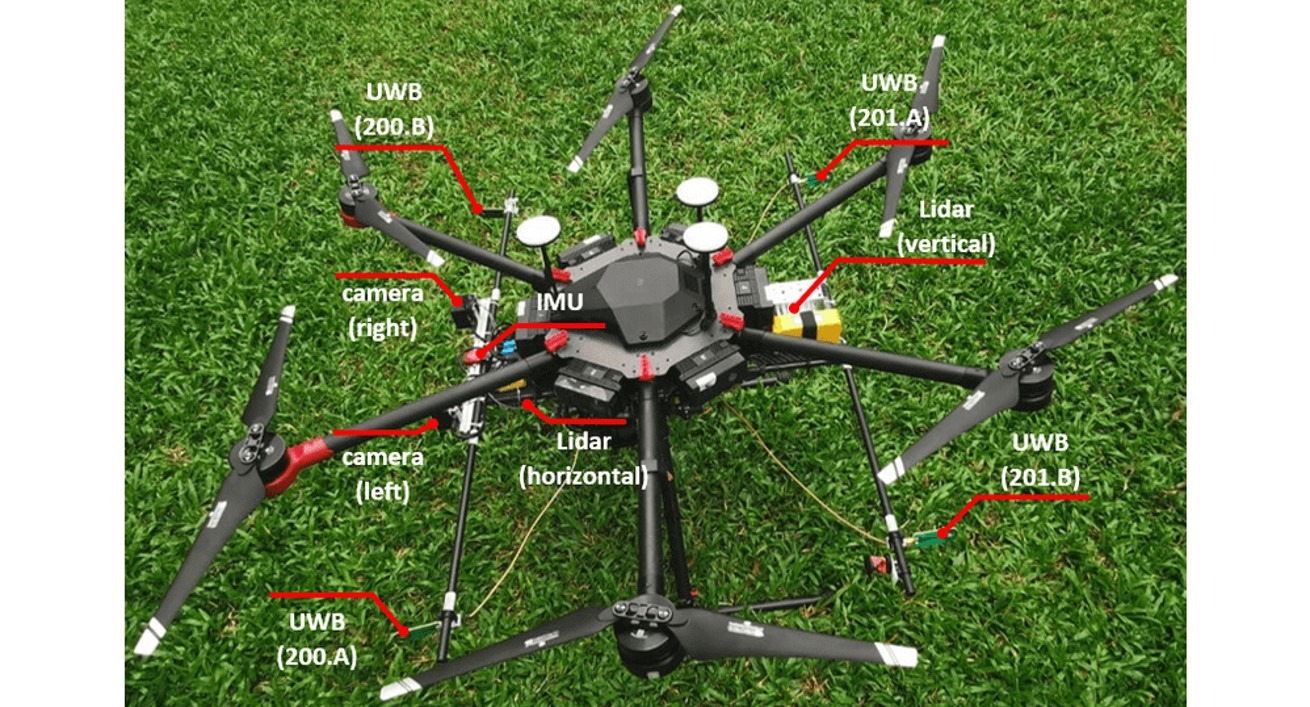
Drone Sensors Market Size, Share, Global Growth Trends and Industry Momentum by 2028
- Oct 10, 2024
- | 10
The global drone sensors market was valued at $394.7 million in 2020 and is expected to grow significantly, reaching about $2.34 billion by 2028. This represents an annual growth rate of 25.08% from 2021 to 2028. In 2020, North America held the largest share of the market, accounting for 36.28%. Drone sensors play a crucial role in the operation and functionality of unmanned aerial vehicles (UAVs). As the drone industry continues to expand, driven by applications in various sectors such as agriculture, surveillance, logistics, and environmental monitoring, the demand for advanced sensors has surged. This article explores the latest developments, trends, and future outlook for drone sensors.
Informational Source:
https://www.fortunebusinessinsights.com/drone-sensor-market-102596
Types of Drone Sensors
1. Camera Sensors
Camera sensors are among the most common types of sensors used in drones. They enable aerial photography and videography, providing high-resolution images for various applications.
- RGB Cameras: These are standard cameras that capture images in red, green, and blue wavelengths.
- Multispectral Cameras: These sensors capture data in multiple wavelengths, making them useful for agricultural monitoring, as they can assess plant health.
- Thermal Cameras: Used for heat detection, thermal cameras are invaluable in search and rescue operations, building inspections, and wildlife monitoring.
2. LiDAR Sensors
Light Detection and Ranging (LiDAR) sensors use laser light to measure distances and create detailed 3D maps of the environment. They are widely used in surveying, forestry, and urban planning due to their precision and ability to penetrate vegetation.
3. Ultrasonic Sensors
Ultrasonic sensors use sound waves to detect obstacles and measure distances. They are commonly employed in collision avoidance systems, helping drones navigate safely in complex environments.
4. Inertial Measurement Units (IMUs)
IMUs combine accelerometers and gyroscopes to provide data on the drone's orientation and movement. This information is critical for stabilizing flight and ensuring accurate positioning.
5. Global Navigation Satellite System (GNSS) Sensors
GNSS sensors, including GPS, allow drones to determine their precise location. This is essential for navigation, mapping, and geospatial applications.
Current Market Trends
1. Growth in Agricultural Applications
One of the most significant trends is the increasing use of drone sensors in agriculture. Farmers are leveraging drone technology to monitor crop health, optimize irrigation, and assess soil conditions. The integration of multispectral and thermal sensors has enabled precision agriculture, leading to improved yields and reduced resource waste.
2. Advancements in Sensor Technology
Technological advancements are driving the development of smaller, lighter, and more efficient sensors. Innovations in materials and miniaturization are making it possible to equip drones with a variety of sensors without compromising flight time or stability.
3. Increased Adoption in Logistics and Delivery
With the rise of e-commerce, drones equipped with advanced sensors are being explored for last-mile delivery. Companies are investing in drone technology to streamline logistics, reduce delivery times, and improve efficiency.
4. Regulatory Developments
As drone usage expands, regulatory frameworks are evolving to address safety and privacy concerns. Governments are implementing guidelines for drone operations, which often include specifications for sensor capabilities, especially for commercial applications.
Key Players in the Drone Sensor Market
Several companies are leading the drone sensor market, each contributing to the growth and innovation in this field:
- DJI: A dominant player in the consumer drone market, DJI offers a range of drones equipped with advanced camera sensors.
- Parrot: Known for its professional-grade drones, Parrot integrates sophisticated sensors for applications in agriculture and mapping.
- senseFly: Specializing in mapping and surveying drones, senseFly focuses on LiDAR and photogrammetry sensors.
- FLIR Systems: A leader in thermal imaging technology, FLIR provides sensors that are widely used in search and rescue, security, and industrial applications.
Challenges Facing the Drone Sensor Market
1. Technical Limitations
While drone sensors have advanced significantly, challenges remain. For instance, battery life can limit the operational time of drones, impacting their ability to deploy multiple sensors over large areas.
2. Regulatory Hurdles
Navigating the regulatory landscape can be complex for drone operators. Compliance with local laws and regulations regarding drone flights and data collection is essential but can also be a barrier to entry for new users.
3. Data Management and Analysis
The data collected by drone sensors can be vast and complex. Efficient data management and analysis tools are needed to derive actionable insights from this information, which can be a challenge for many organizations.
Future Outlook
1. Integration of Artificial Intelligence
The future of drone sensors lies in the integration of artificial intelligence (AI). AI can enhance data analysis, enabling drones to make real-time decisions based on sensor data. For example, AI algorithms can analyze thermal images to identify overheating electrical components or detect anomalies in crop health.
2. Expansion into New Sectors
As drone technology continues to mature, new sectors are expected to adopt drone sensors. Industries such as construction, infrastructure inspection, and environmental monitoring are likely to see increased utilization of drones equipped with advanced sensors.
3. Collaborative Swarm Technology
The concept of drone swarms—groups of drones operating collaboratively—could revolutionize how sensors are deployed. Swarms can cover larger areas more efficiently, providing real-time data for applications like disaster response and search operations.
Conclusion
The drone sensors market is evolving rapidly, driven by technological advancements and increasing applications across various sectors. As drones become more integrated into everyday operations, the demand for efficient, high-quality sensors will continue to grow. Addressing existing challenges and embracing future innovations will be key to unlocking the full potential of drone technology. The synergy between drones and sensors promises exciting developments in the years to come, transforming industries and enhancing capabilities worldwide.





